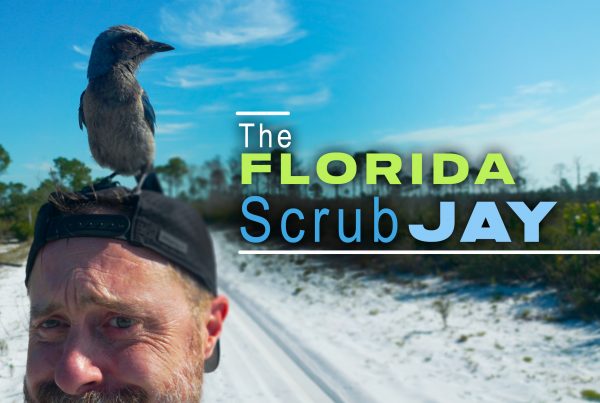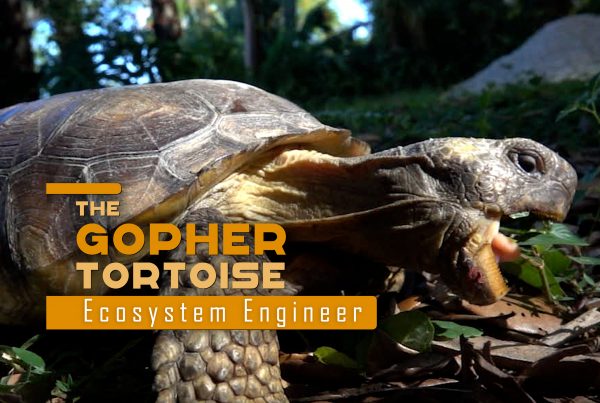The Anhinga is an Everglades resident uniquely suited to its wet habitat. With interesting adaptations that make the bird equally at home in the water as well as it is in the air, it truly is designed for survival.
Incubate: To sit upon (eggs) or maintain temperature which promotes development
Preen: To trim or dress feathers or fur with beak or tongue
Regurgitate: To surge or rush back undigested food
Rookery: Breeding place or colony where birds or animals congregate
Anhinga: Designed for Survival
If you’ve spent much time around Florida’s freshwater habitats, you’ve definitely seen the anhinga. Sometimes it’s drying its wings after being in the water, and then oiling its feathers with oil from a special preen gland at the base of its tail.
You’ll notice the streamlined body of the Anhinga and its webbed feet…all perfectly designed for swimming underwater as it chases fish. Also notice the anhinga’s fan-shaped tail. No wonder some people call the anhinga the “water turkey!” Another of its quirky nicknames is the “snake-bird.” Any idea why?!
The neck of the female anhinga is tan, but the neck of the male is black. During the breeding season… starting in early winter, the skin around the eyes of the anhinga may turn a bright aqua color. Males also get fancy plumes on their heads and necks. These ornaments might give them an advantage when competing for mates. Males try to attract females by showing off their fancy feathers during a courtship display like this one.
With its long neck and sharp, straight bill, the anhinga is well equipped for spearing fish. The anhinga is a master predator.
In the Everglades, starting in late winter, the anhinga builds a large, shallow nest of strong twigs in a tree near the water. The nest is often lined with soft leaves to make it more comfortable for the young. Many times groups of birds will nest together in a nesting colony, or “rookery.” Nesting in a group is safer for the birds because there are more eyes looking out for predators.
It takes about 28 days for the eggs to hatch. Both male and female anhingas share in egg incubation duties, and also in tending the chicks. The parents exchange places at the nest, a process often full of ritual.
The babies are tiny and naked at birth. Feathers grow in gradually, and soon the chicks are covered in white down. After several weeks, large dark flight feathers begin sprouting on their wings.
As the young get larger, they begin to move to the outer branches. They start exercising their wings.
With the rapid growth of the chicks over a period of about 1 month, the parents have to keep busy catching fish. The fish are swallowed and later regurgitated for the young. The babies are impatient for food, and pester their parents constantly.
Feeding is an athletic event for the chicks, and also for the parent. But that’s how things are always done, in the world of the anhinga.
Coming soon




